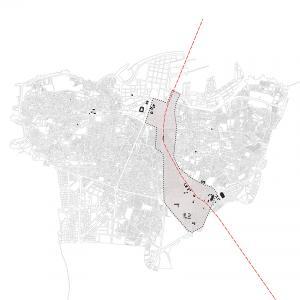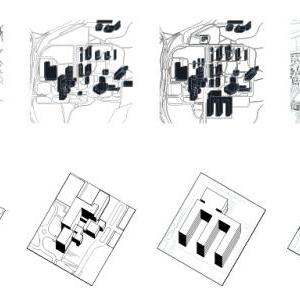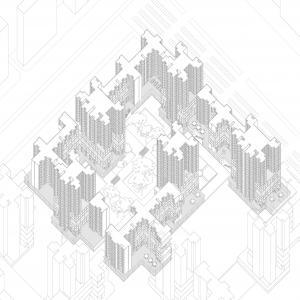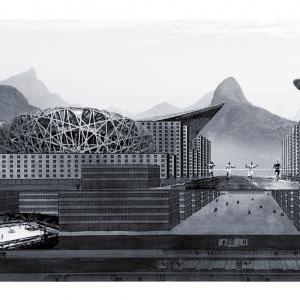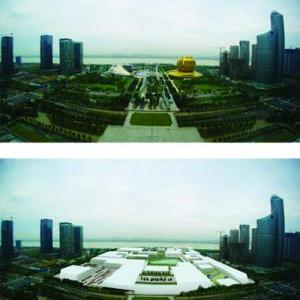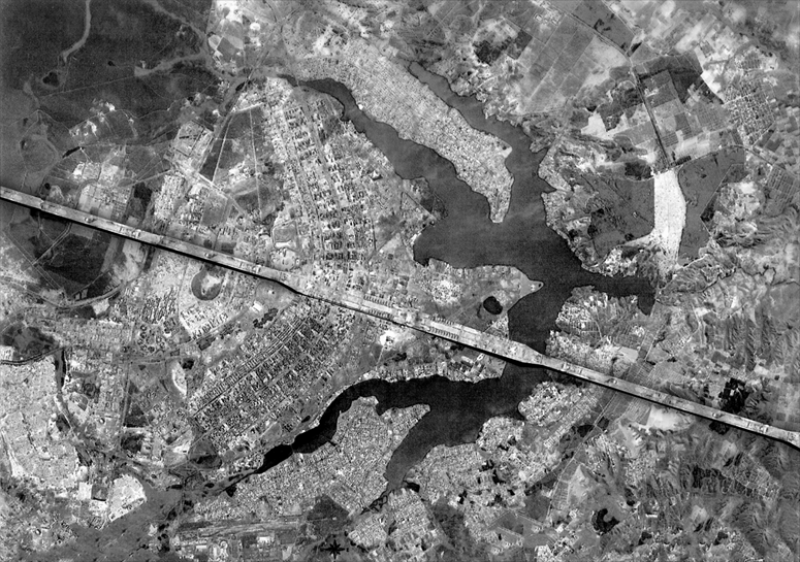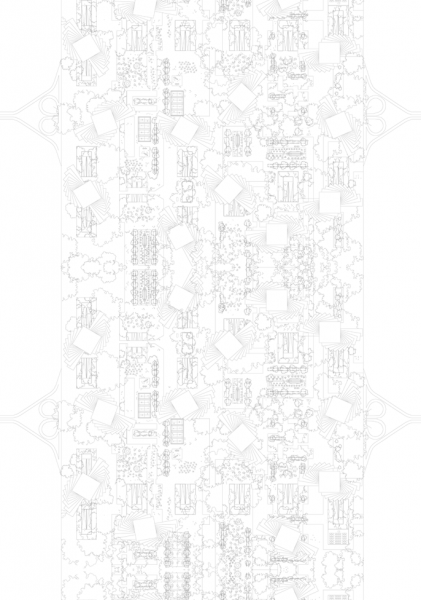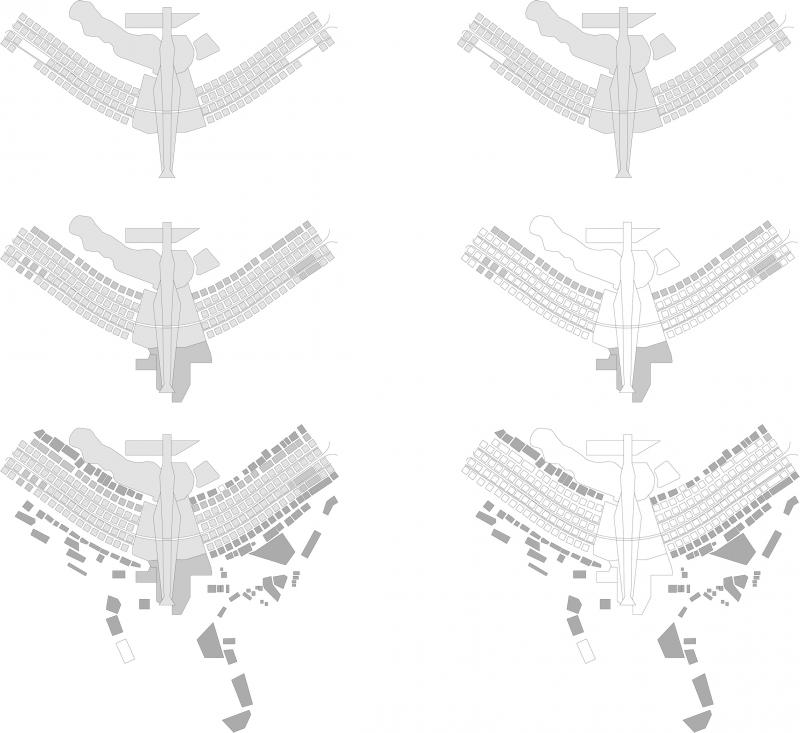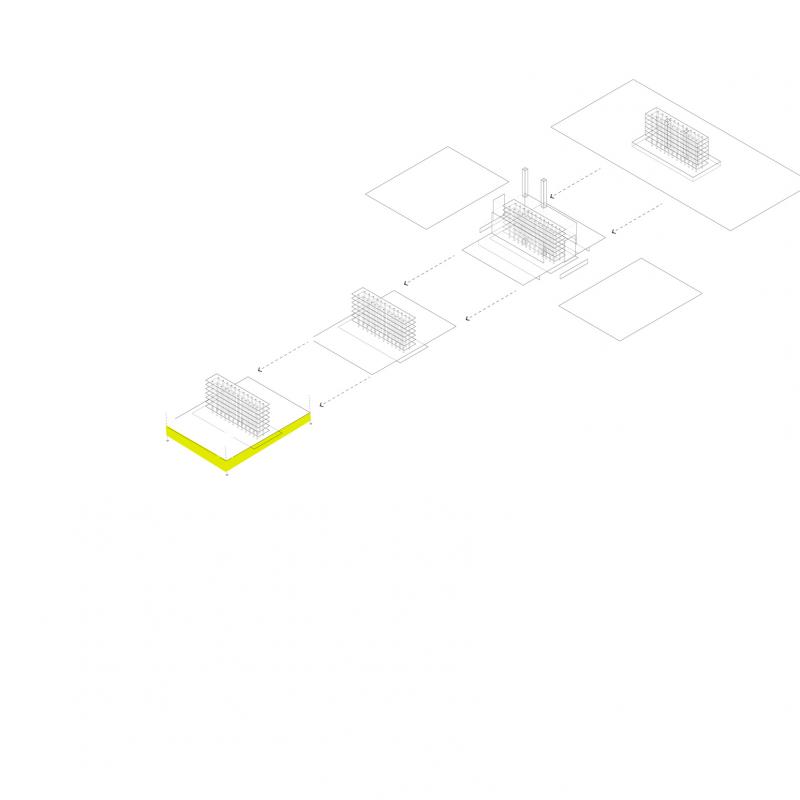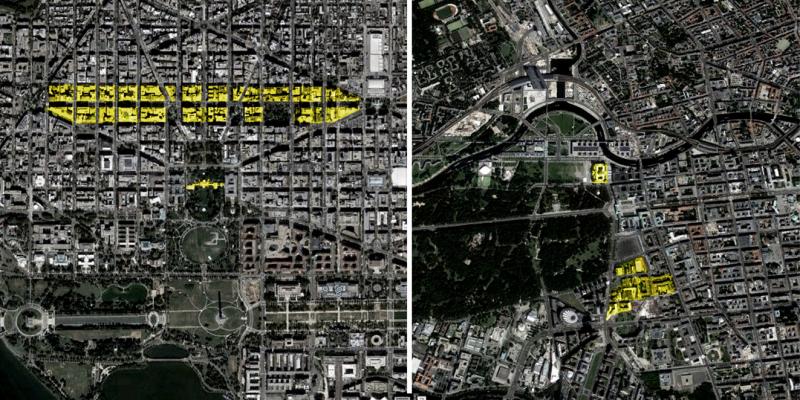Projective Cities is a taught MPhil dedicated to a research- and design-based analysis of and speculation on the contemporary city. At the core of its research project are questions arising from the often separated disciplines of architecture, urban design and planning, and the interrelations of tactical design and strategic planning. The programme therefore examines the conception and formation of the city within diverse political, economic, social and cultural contexts, and proposes that a new disciplinary knowledge emerges from this analysis.
The main ambitions of the programme are twofold: to study how ideas of the city, when framed by questions related to its built form and design, provide alternatives to current doctrines dominated by concepts of urbanisation; and to redefine the ambivalent notion of research by design with the proposal of new methodologies that synthesise theoretical and practical design research. This is both an intellectual project, clarifying the relationship between theory and design, and a practical one that explores the possibilities of design to research.
Projective Cities supports student-driven work and studies with individually defined research representing two-thirds of the programme’s 20-month duration. The programme is therefore small, intensive and divided into two phases. Phase I represents the taught part with design studios, seminar courses and workshops. During each term it introduces students to the pedagogy of the programme, provides the theoretical and practical foundations and presents the analytical research methods required to conceive, formulate and execute a research project. In Phase II, the research problems and questions of each project are developed, culminating in an original and comprehensive designed-and-written dissertation.
Programme Director
Sam Jacoby
Studio Master
Maria Shéhérazade Giudici
Studio Tutor
Max von Werz
External Thesis Advisor
Adrian Lahoud
Thank you to all our jurors. And special thanks to Alina McConnochie, Nerma Cridge and Tristan Simmonds for conducting workshops and providing technical advice, and Pavlos Philippou, Harry Francis Mallgrave, Jasper Cepl and Christopher Lee for giving guest seminars and lectures.
Maria Gama
In capital cities, the political process of decision making is heavily influenced by lobbying, private and public interest groups. Thus, lobbyism is a fact of capital cities. corporate and institutional affairs were already put in place during the military dictatorship, in the early 70’s and was then reinforced in the democratization.
Brasilia is well known for its modernist conception and garden city setting. It was conceived to be a spatial and symbolic representation of a democratic Capital city. The city’s design was conceived through scales, in which the manifestations of public space appear from the endless plinth of the Superquadras to the monumentality of the Esplanade of Ministries. This research looks into the model of Brasilia which claims to be a completely democratic, and a capital for all Brazilians. In his memorial for the city Lucio Costa states that the Capital City in order to be considered one, it would have to embody both the concept of urbs and civitas.
When the capital was initially constructed Brazil had recently changed from the military regime to a democratic regime and Brasilia was considered a milestone for the country. This research shows how the architecture of Brasilia can represent symbolically a democratic state, although in functional terms through time this Modernist idea of public has been altered and considered outmoded. Nowadays the democratic process is very much controlled by lobbyists, which means the will of the public in the modern society is driven by a different public that is represented by smaller and specific interest groups.
Brasilia was originally planned for 500.000 inhabitants and currently has over 2.5 million people, 12 % of which reside in the Pilot Plan. Brasilia’s satellite cities were initially illegal appropriations of land built to provide housing for workers and laborers involved in the construction of the new Capital. This initial objective shifted when new satellite cities were then meant to house the large number of people that were attracted by the job opportunities offered by the government. Given to this fact, the pilot plan houses most of the government issued jobs and as a consequence the satellite cities have become dorm cities, in which they are treated as an extension of the pilot plan although there is a clear inversion of Brasilia’s concept of a city as a civitas. There is complete disregard for the public and the common. This can be explained by the fact that during the construction of the city construction companies were not sufficiently regulated by the State authorities and had to adapt to real estate speculation and a highly privatized housing market.
This thesis is intended to examine the relationship between Brasilia and its satellite cities in the perspective of continued population and economic growth, as the Capital will continues to act as a magnet for people seeking to work for the government and opportunities in its economy. As Brasilia’s satellite cities started off housing in most cases lower income groups they are considered “second class” in relation to the Pilot Plan. Luxurious gated communities and podium towers have attempted to address this issue generating the current highly privatized model and yet failed miserably. Bearing this in mind the project lies in defining a new public realm based on lobby institutions. The Lobbyist City. This Thesis criticizes the public as a uniform and unified model such as Brasilia where it becomes something purely representational and non-functional. As an alternative it proposes a semi institutionalized model, The Lobbyist City. Where the lobbyists provide to the Satellite Cities what the state provides to Brasilia. Therefore How does this idea differ from that of the Capital City?
